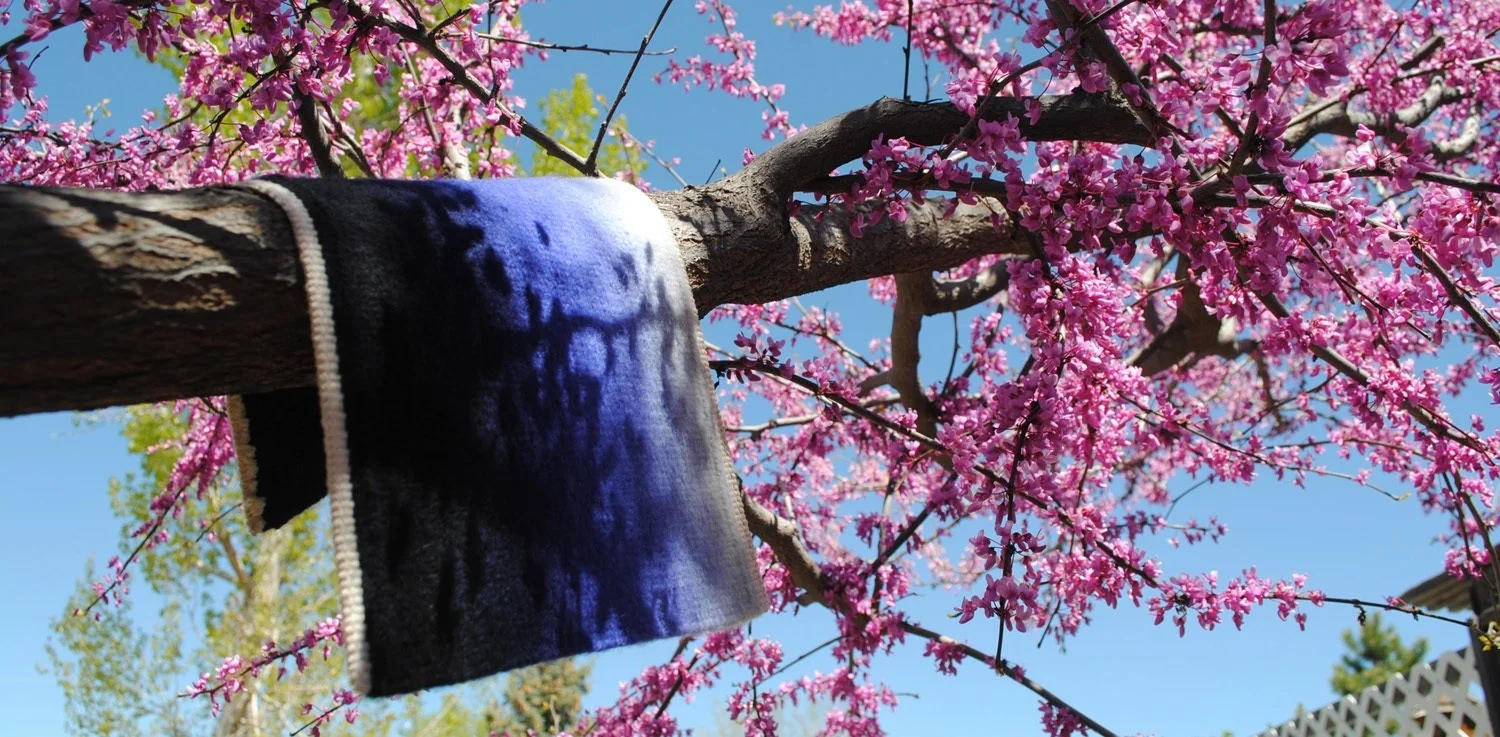March 2nd. Another round of book edits were due and I had sent them the night before. The new material for the Design Solutions online course was also up and everything seemed to be working in technology world.
March 2nd. Before the world changed so quickly and drastically.
March 2nd. I went to the yarn store because yarn makes me feel better. I ostensibly was looking for yarn for my nieces to learn to crochet with. But we all know the truth. I had met two huge deadlines which happened to fall on the same day and I was tired. And a little dreary. And petting the yarn always cheers me up. I try hard not to stop at yarn stores and when I’m tired or down is the most dangerous time (because who knows how much yarn I’ll add to my already large knitting yarn stash). But March 2nd, I visited. The Loopy Ewe.*







